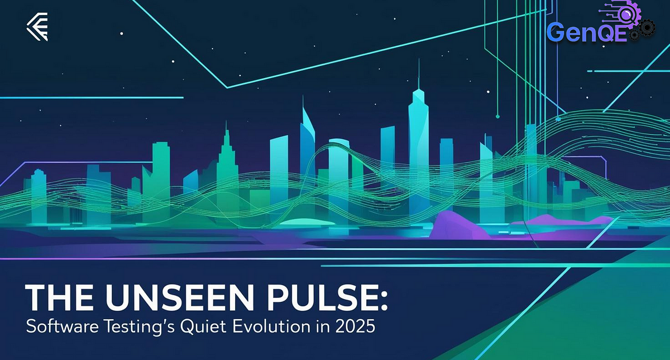Medium
1M
365

Image Credit: Medium
The Unseen Pulse: Software Testing’s Quiet Evolution in 2025
- Software testing in 2025 is evolving with quieter, deeper beats, focusing on clutch moments with Moment testing to ensure apps are responsive when needed.
- Echo testing tracks the aftermath of user actions to ensure smooth transitions, while Comfort testing emphasizes making software user-friendly and welcoming.
- Endurance testing checks how software holds up over time, Handoff testing ensures seamless device transitions, and Forgive testing allows software to recover from user errors.
- Whisper testing focuses on subtle issues that loud tests might miss, Balance testing ensures software offers a balanced experience, and Thread testing connects different features seamlessly.
- Pause testing examines how software handles breaks, showcasing the importance of small, specific tests in building quality software.
- Developers and testers collaborate closely in 2025, using tools like MomentCapture, EchoTrack, and ComfortScan to enhance software quality.
- The evolution of software testing is not just about technology but also about improving user experience and trust in applications.
- Testing various aspects like balance, pause, and transition ensures software reliability, with a focus on human-centric quality over heroic achievements.
- The shift towards a more subtle and refined approach to testing in 2025 highlights the importance of a steady pulse in software development.
- This unseen pulse of testing reflects a commitment to crafting software that is dependable and responsive to user needs, ultimately enhancing the overall user experience.
- The narrative of testing in 2025 emphasizes the integration of human elements into software quality assurance, illustrating a shift towards more empathetic and user-focused testing practices.
Read Full Article
21 Likes
For uninterrupted reading, download the app